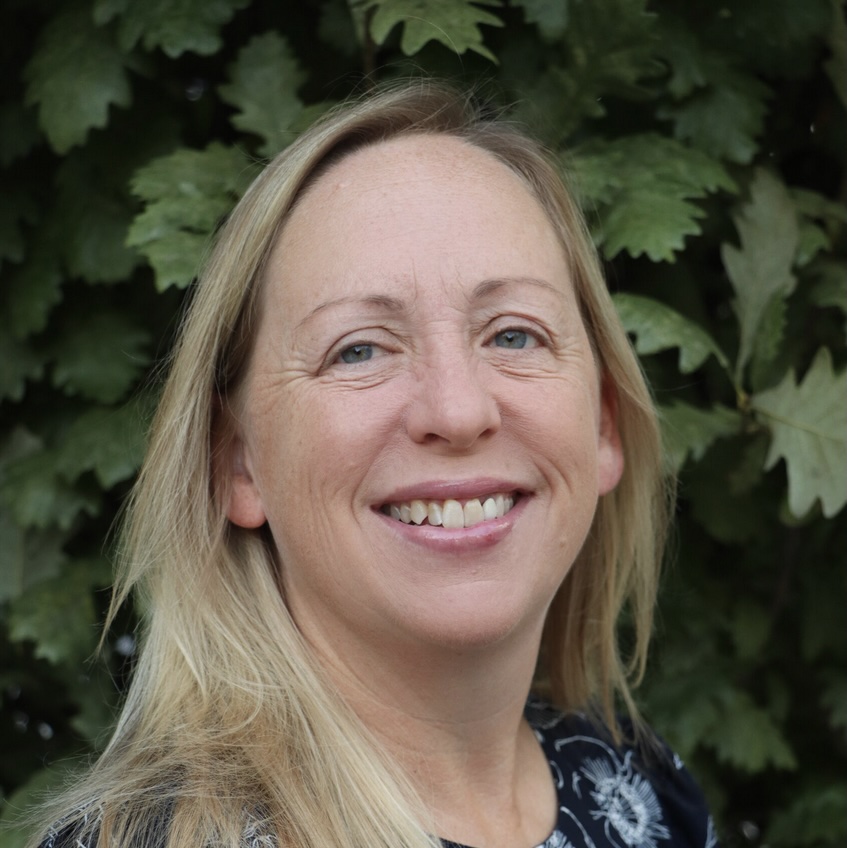
Of all the “revolutions” to hit healthcare in recent years, the one Ashis Barad finds most intriguing is the rise of advanced analytics. “I’m more excited about that than I was for the EMR and virtual health revolutions,” he said during an interview with This Week Health.
But it’s not just the technology itself – it’s the promise it holds for users. In fact, “I think the future of AI is in agency. Giving people the agency to build their own AI tools, but do it within a safe enterprise platform with connected data.”
As the inaugural Chief Digital and Technology Officer at Hospital for Special Surgery – a role he took on last year – he hopes to create an environment that fosters that spirit. One in which “our operators or schedulers can sit with an engineer and build real-time agents that actually solve their problems they’re closest to,” Barad noted. The revolution his team envisions involves a proactive approach to AI that harnesses its power to improve processes.

Ashis Barad, MD
All of this, of course, isn’t possible without a solid infrastructure; at HSS, that comes in the form of a five-pillar strategy for digital transformation.
During the interview, Barad outlined his team’s blueprint, providing insights on how they’re creating a setting in which people can play with AI, the problem with relying on traditional ROI, and why it’s critical to focus on platforms rather than solutions.
Discovery and data
The two most important pillars are the ones that serve as the foundation. First, fostering a culture of discovery, and second, data management.
”I’m absolutely adamant that technology – and especially agentic AI and reasoning and everything that’s coming into our world – is only as good as the people who are using it,” he said. And until recently, that use was happening more on an individual level than an enterprise level.
The difference maker has been seen in the work HSS and other organizations are doing to centralize data and create data lakehouse architectures. Through a partnership with Databricks, they’re migrating data to a platform to enable users to “make more informed decisions with business intelligence and forecasting,” and set the stage for “true big data where we can put in machine learning models in AI to start moving fast.”
Before that happened, however, they had to move slowly. “We’ve spent a lot of time on the foundational elements, which was purposeful,” Barad stated. “When you give people data, they can make informed decisions to take action. But there's a lot of work happening underneath all of that.”
Scaled, trusted care
And that work opens the door to the next set of pillars, starting with what HHS has termed scaled trusted care. For HSS, which has established itself as a leader in the musculoskeletal health space, being able to extend the brand and serve more patients is certainly a goal, but it has to be approached carefully.
“We believe there's a world in which we're going to get out of the conundrum of one-to-one care and become one to many,” Barad said. To this point, however, digital and virtual care models have focused more on scale than trust, which isn’t going to cut it.
“People care about who they see and where the information is coming from,” particularly when scheduling orthopedic procedures. “They don’t want generic care. They want expertise.”
Humanized healthcare
And they want that care to come from humans. To accommodate that, HSS is leveraging AI to manage data-intensive tasks, freeing up bandwidth for providers to interact with patients. “We’re constantly looking to innovate and redefine the musculoskeletal space,” he said. By leaning heavily into augmentation, they’re also enabling surgeons and doctors to “spend more time on research and innovation,” which in turn can boost satisfaction. “It’s not just about automation; it’s about humanizing care.”
Pioneering consumer centricity
The final pillar is around reimagining consumer centric care. One path is utilizing AI to ensure that patients – not just providers – can readily access medical records, labs, imaging, and other pertinent information, which in turn helps empower them.
“Given the advances we’ve seen, there’s no reason why we can’t be with people as they’re going through their journey and provide a personalized experience,” he noted. “We need to get from ‘ouch’ to outcome faster.”
And do it in a way that aligns with the organization’s strategic objectives, which means viewing the many initiatives and projects that exist within the pillars in a holistic way. “We need to create interconnections between them so that we’re not doing 1,000 new things,” but rather, looking at how AI and data can collectively drive those initiatives.
Best practices
What often hinders that, however, is the tendency many leaders have (and understandably so) to place too much emphasis on ROI. “My fear in the world of AI is that if we hyper-focus on ROI it won’t scale because there’s so much fear of automation reducing jobs,” Barad said. “People aren’t going to lean in and build an agent if they’re worried it will take the job. That’s not the goal, nor should it be. We don’t have to think through that lens.”
Instead, leaders should seek to cultivate a setting in which people can experiment with AI capabilities. “You need to let them use it, touch it, feel it, and get comfortable with it. That’s the first step – creating an environment where people want to play with AI.”
The ultimate goal is a scenario in which those who are closest to the problems can sit with an engineer and build agents in real-time to alleviate those issues. “It’s a partnership where the tech team knows what it can do and is willing to challenge the front lines and say, ‘have you thought about it this way?’ And ‘do you know that technology can actually take away those eight steps?’ That’s a true partnership. Having the platforms by which people can have those conversations is going to be gold.”


Questions about the Podcast?
Contact us with any questions, requests, or comments about the show. We love hearing your feedback.

© Copyright 2024 Health Lyrics All rights reserved